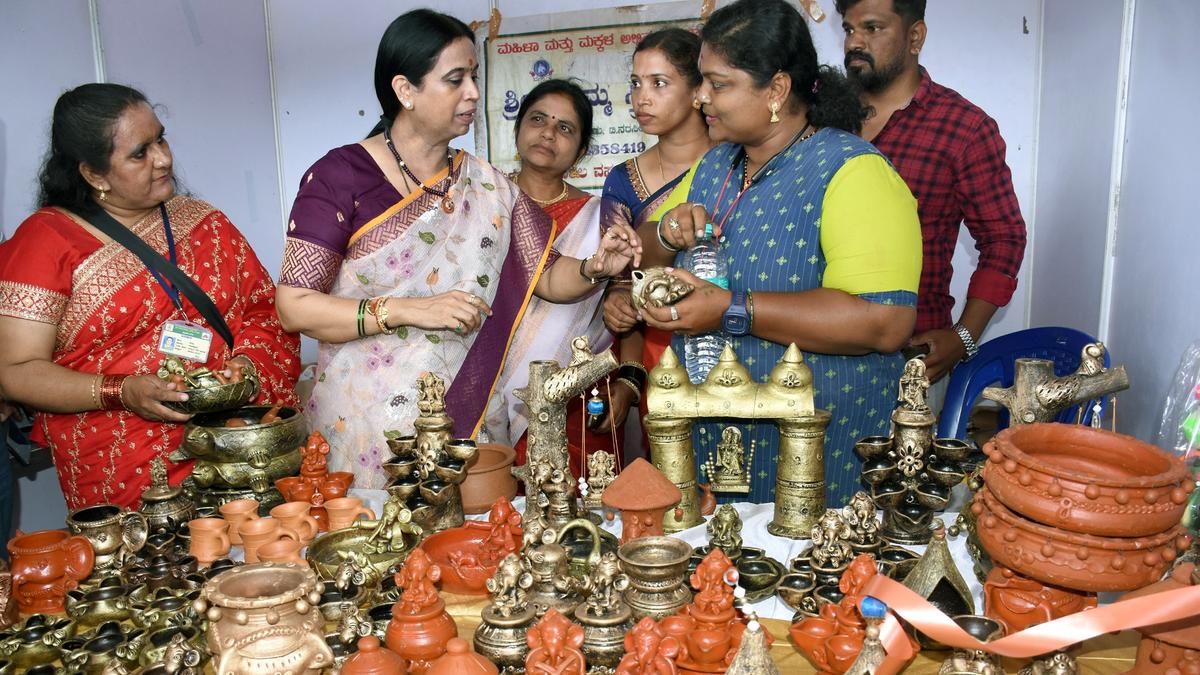By The Hindu Bureau
Copyright thehindu

Minister for Women and Child Development Lakshmi Hebbalkar on Tuesday said that the Dasara festival symbolises women’s pride, prosperity, patience, and strength. Worshipping the Goddess who protects the virtuous and defeats the wicked is the essence of Vijayadashami, she added.
Speaking after inaugurating the Women’s Dasara organised by the Women and Child Dasara Sub-Committee at J.K. Grounds, Ms. Hebbalkar said that women have gifted the world the essence of culture.
“Earlier, kings preserved cultural traditions. Today, the government celebrates them with grandeur,” she said.
The Minister said that Chief Minister Siddaramaiah’s vision is to economically empower women by providing employment opportunities to them and enabling self-reliant lives. The five guarantee schemes have been implemented keeping women at the centre, benefiting millions of women, Ms. Hebbalkar added.
“Women are no longer confined to kitchens or trapped by four walls. They are symbols of self-respect, leading their lives with dignity. From crafting flowers to reaching the moon, women possess immense strength,” the Minister said.
Ms. Hebbalkar noted that societal attitudes have changed over time, with men now supporting their daughters in living independently.
The Minister also expressed pride in Booker Prize-winning author Banu Mushtaq, who inaugurated the Dasara festivities, and said that the latter brought recognition to the nation’s literary heritage.
During the event, Ms. Hebbalkar visited the exhibition and sales stalls, appreciating the creativity and artistry of women participants.
Karnataka State Guarantee Schemes Implementation Authority Vice-Chairperson Pushpa Amarnath also addressed the gathering.
This year, over 35 stalls were set up at the expo by groups including Prakriti Girijan Federation, Chamundeshwari Shakti Sangha, R.L.H.P. Women’s Union, Vaibhav Lakshmi Self-Help Group, Dhanalakshmi Stree Shakti Mahila Sangha, Makka Masjid Stree Shakti Sangha, and Shri Chikkamma Stree Shakti Sangha. The stalls featured handicrafts, clay art, wooden toys, children’s toys, garments, sarees, women’s jewelry, paintings, and others.



